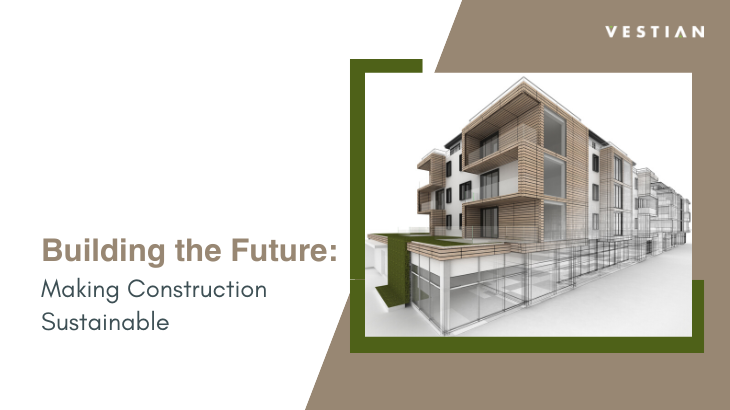3D printing and prefabrication are changing the way we build. These are two approaches that have got substantial attention over the years and have revolutionized various industries and continue to shape the way we design, manufacture and build objects and structures.
In terms of building workspaces, both offer unique advantages and disadvantages.
3D printing, while providing greater design flexibility, also allows designers to quickly produce prototypes of various design iterations, facilitating faster testing and validation of ideas, thereby reducing the time taken for design modifications and overall construction timelines. Designers can effortlessly create intricate designs and customized elements, enabling the production of complex shapes and structures that would otherwise have been challenging or costly using traditional manufacturing methods.
Cost efficiency is another aspect when it comes to 3D printing, particularly for creating small or intricate components as compared to traditional methods of construction. Additionally, it allows for on-demand production, resulting in reduction in inventory costs and waste. Furthermore, 3D printing owing to its additive manufacturing techniques, effectively reduces material waste and also reduces transportation requirements and associated carbon emissions.
While all this sounds very positive, there are also limitations. One of the main drawbacks of 3D printing is the range of available materials, which is still limited compared to traditional construction methods. This constraint may affect the overall aesthetics and functional properties of certain workplace elements.
Prefabrication, on the other hand, offers time efficiency. Constructing building components off site in controlled factory environments allows for simultaneous work processes, reducing construction time significantly. This enables workplaces to be completed and occupied in a shorter timeframe, ensuring quicker business operations. Another benefit is quality control. Prefabricated elements are manufactured under strict quality control measures, ensuring high precision and consistency, resulting in higher quality and more durable workplace structures.
Since most of the work is completed in the factory, the potential for weather related delays and on site issues is minimized. This predictability helps with budgeting and reduces the chances of cost overruns. However, the downside of using prefabricated materials is the lack of flexibility. Prefabrication often follows standardized design modules and templates, which may limit the level of customization and design freedom. Add to it, transporting these to the construction site can be logistically complex and increase costs, especially for large or heavy elements.
While both these approaches to building sustainably have gained some traction, it is far from reaching critical mass.
While we are on the topic of sustainability these are a couple of initiatives that can further our green aspirations, given that both help minimise emissions and reduce waste. So what do you think? Do you want to explore either of these construction approaches further in your next project?
Confused about how to go green with your next project?
Talk to us. Our SMEs, architects, LEED experts can guide you with the best available option for your project requirements and goals.
